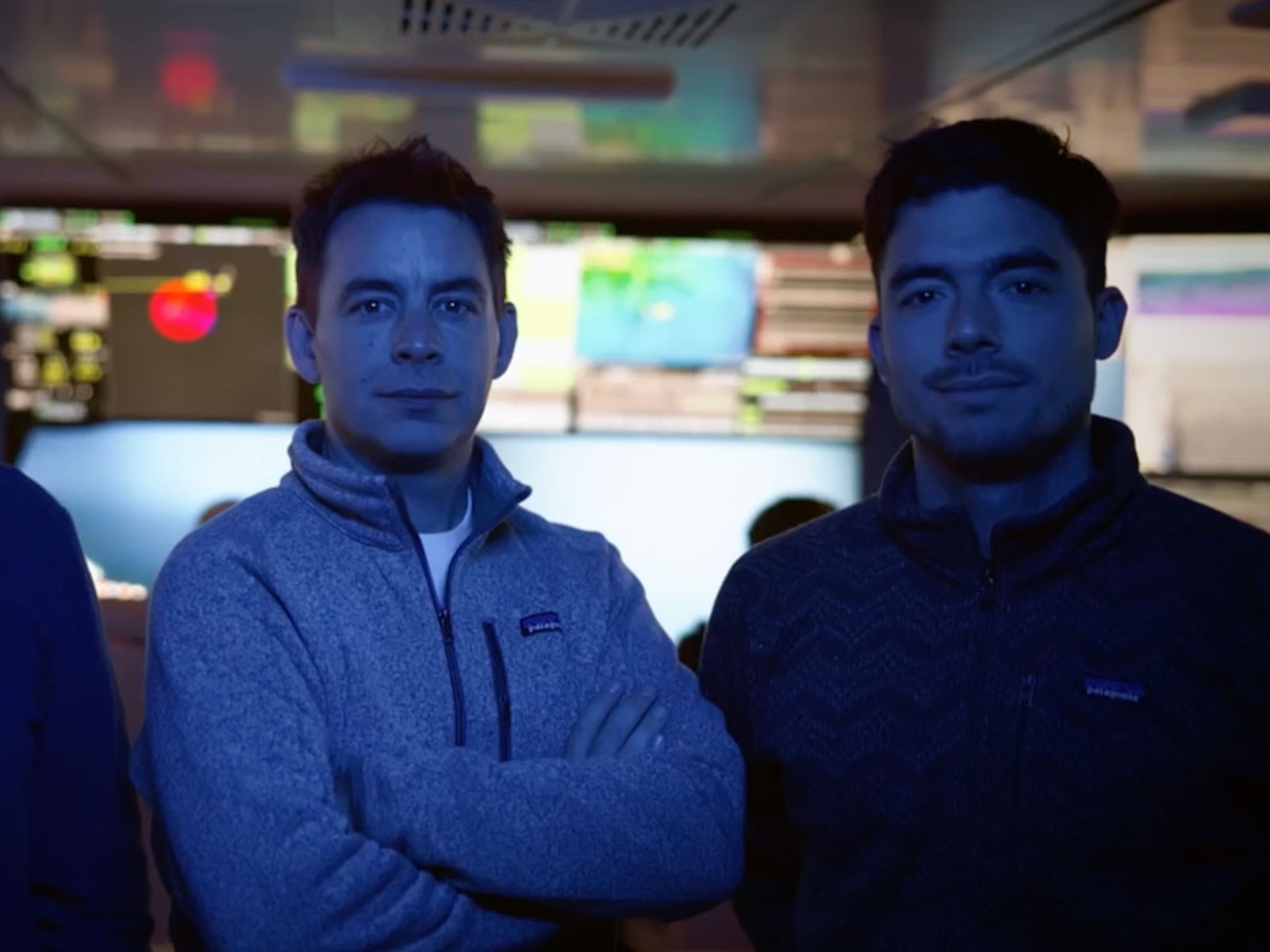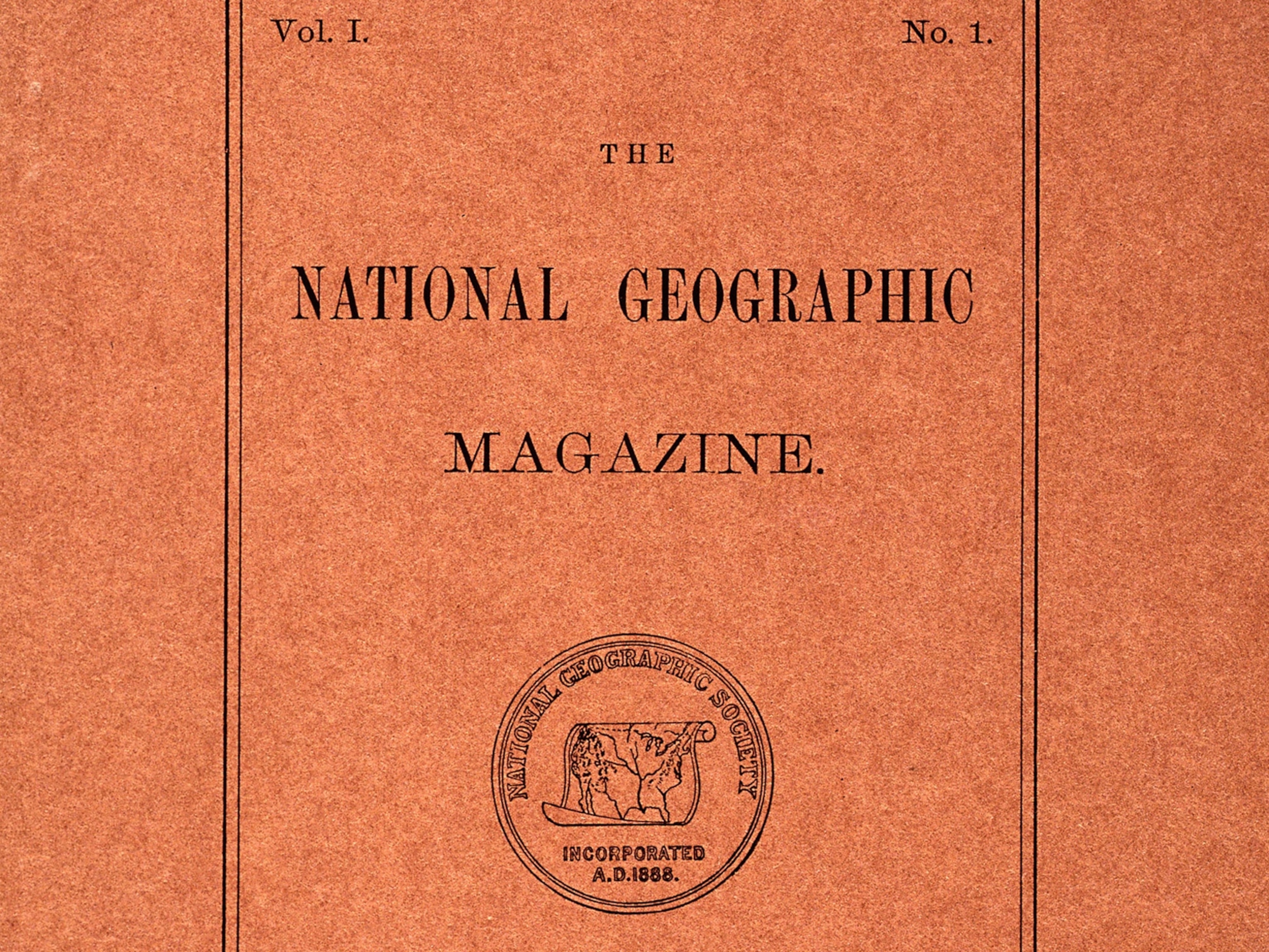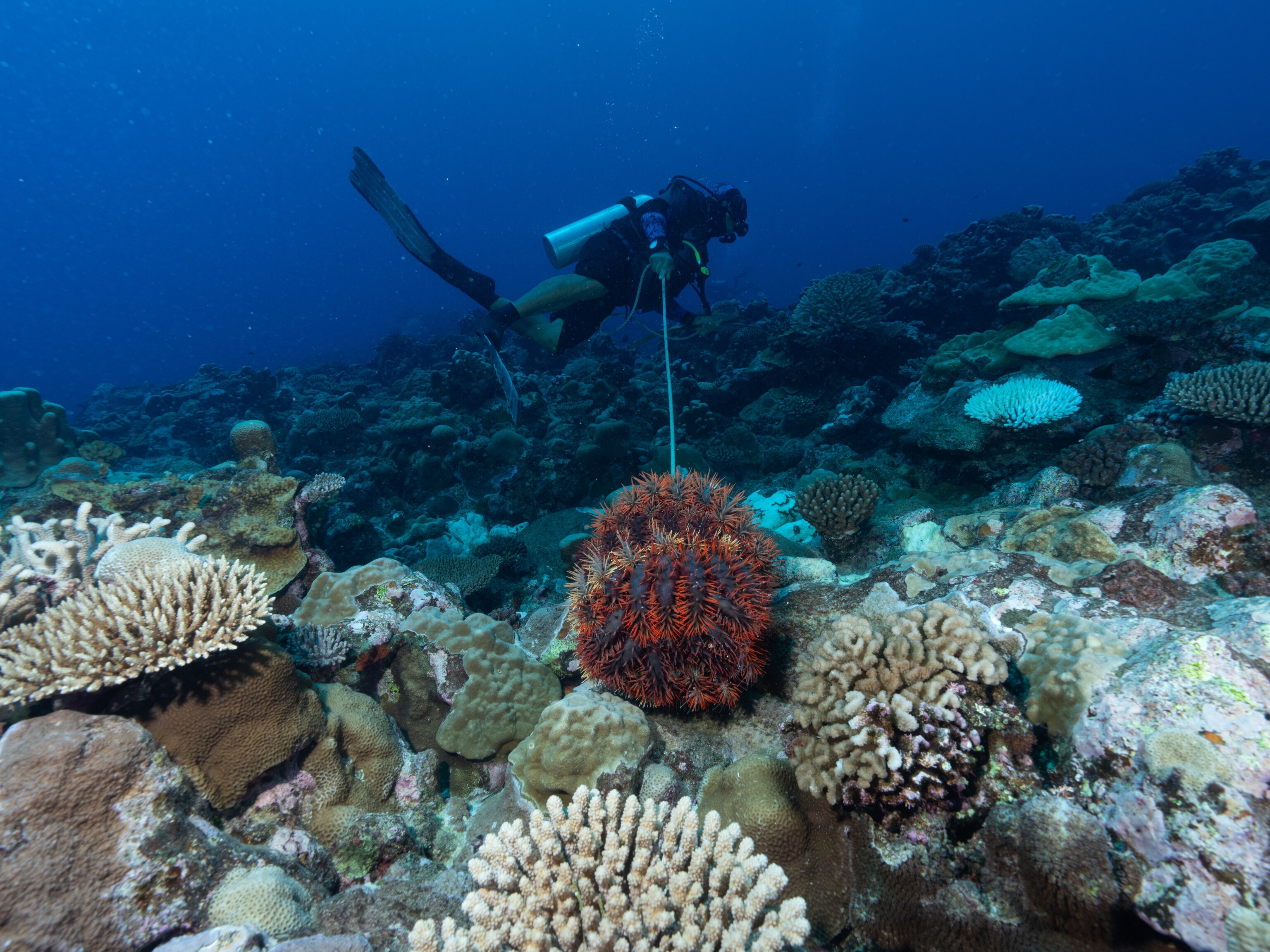Dominique Gonçalves helps restore human-elephant coexistence in Mozambique
The National Geographic Explorer and ecologist focuses on elephant conservation in Gorongosa National Park by balancing the needs of people and animals

Gorongosa National Park sits on over 4,000 square kilometers (1544 square miles) at the southern end of the Great Rift Valley in the heart of Mozambique. This “Serengeti of the south” is a complex ecosystem home to an extraordinary diversity of plants and animals. Critical to its health, the park has adopted a modern conservation model of balancing the needs of wildlife and people through conservation, community, science and sustainable tourism.
National Geographic Explorer Dominique Gonçalves is one of the people leading this vital program. As manager of the park’s Elephant Ecology Project, she tracks nearly 500 majestic African elephants that roam the park, investigating their movements and range expansion. Just as important, she monitors human-elephant conflict in the buffer zone surrounding the park.
At certain times of the year resources are especially scarce, bringing elephants and people into conflict. Hungry elephants sometimes move into human cropland to feed, destroying the year’s harvest, and with it, the money that would have gone to essentials such as education and health care.
“It is tough for a father to see all his work destroyed in one night,” she says.
Elephants once freely roamed around Gorongosa and the surrounding area with limited human intervention, but a 15-year civil war in Mozambique decimated both the human and animal populations. Over one million people died and Gorongosa’s elephant population was slaughtered for food and ivory to support the war. Their numbers plummeted from just over 2,500 in 1972 to about 300 three decades later.
“These are survivors,” Gonçalves says of the elephants living in Gorongosa today. “These are the ones who saw their families being slaughtered. Of course they are traumatized. They do not tolerate vehicles and our presence that well.”
Despite this troubled history, Gonçalves is confident that elephants and humans will be able to peacefully coexist into the future.
“Coexistence takes time. It takes people to understand and it also takes elephants to understand,” she says. “I think the biggest thing that connects me with elephants is their empathy, their sense of place and family, it's very strong. They do anything to protect their family, especially the matriarchs and the females. They feel for the ones that are not there anymore. And they're able to forgive, maybe forget. It might take time, but they're able to do that, even when humans have done so many bad things to them. They're capable of restarting and reconnecting. That's the thing that is really special.”

Parallel to her elephant repopulation work are Gonçalves’ efforts to empower young women and girls. In Mozambique, where the child marriage rate is one of the highest in the world, Gonçalves is using education to help empower young girls to seek out their potential, prevent early marriages, and tackle gender inequality in the workforce. As a passionate advocate of girls’ education, she works with the Gorongosa Park Girls’ Club to bring free education to 50 villages in the area.
The initiative provides a safe and nurturing environment for young girls to study, learn life skills, explore career options, and receive mentoring from young women. Girls grow into educated women, eligible for employment, including work as park guides–a system that helps raise the human standard of living, while contributing to Gorongosa’s continued rehabilitation story.
Gonçalves, who holds a Masters of Science degree in conservation biology and is a Ph.D. candidate in biodiversity management at the University of Kent’s Durrell Institute of Conservation and Ecology, recognizes the importance of sowing seeds now for the future. The responsibility is not lost on her:
“I am part of the next generation that has to make sure that this place survives.”





